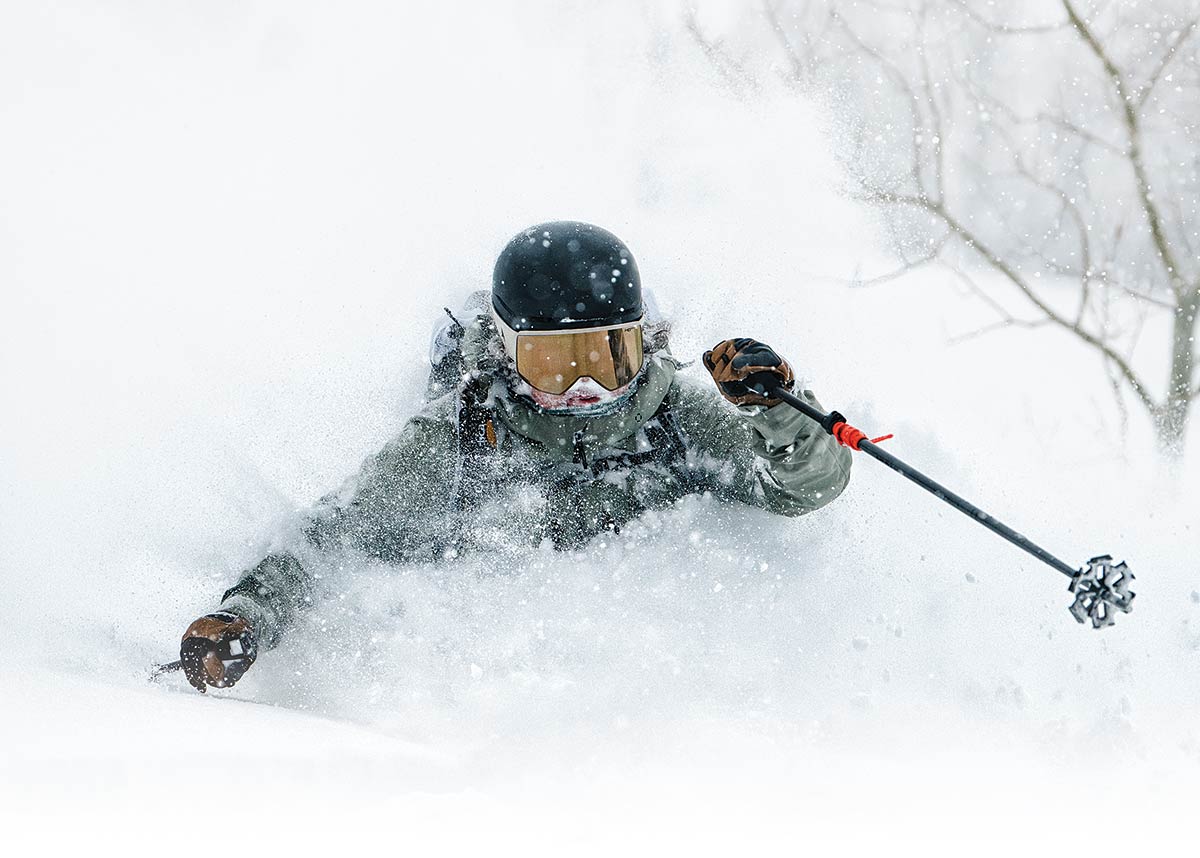
“Betsy, did you pack the coffee?” Katie asks me as she digs through the yurt’s food bin. A rainbow of Gore-Tex, PrimaLoft and Intuition liners hangs above a pellet stove. Nick, Katie’s boyfriend, flips through an old issue of Backcountry Magazine at the table while my boyfriend, Mike, and I are lounging on the bottom of one of the two metal bunk beds.
We’re spending three nights on the west slopes of the Teton Range in the Teton Canyon Yurt, 3,000 feet below the southern border of Grand Targhee Resort. Despite dragging in 20 pounds of food, we forgot the most crucial piece: a 1-pound bag of medium roast.
“I don’t think that was on my list,” I say.
But Mike rats me out. “We left it on our counter,” he announces. What he’s really saying is, “You left it on the counter.”
Katie and I go through our teas: chamomile and honey lavender. No caffeine. Same goes for the Honey Stinger chews. We have a total of 0 milligrams of caffeine in this yurt.
The last time I didn’t have coffee was in Japan while researching the story on p. 88. It ended with me losing my passport. Twice. Before that, there was the time I accidentally drank decaf and went to the emergency room. I’m not alone in my coffee addiction. As a guide, my boss once paid me $300 to carry a pound of coffee 7 miles and 4,000 vertical feet into Grand Teton National Park. It turns out mountain guides and journalists alike are dependent on that caffeine-induced rush of dopamine to start their day.
When we wake up, there’s a breakable crust around the yurt. Usually, this would lead to a slow morning making pour over around the woodstove.
“We could go get it and then ski down from Targhee,” Nick proposes over a hot chocolate. The extra sugar isn’t adequately replacing the roasted bean’s buzz. We all agree to skin the 3.5 miles back to the trailhead, drive 7 miles to town and take the resort shuttle. From the top of Targhee, it’s a straight shot down to the yurt. Easy, right?
My caffeine headache starts on the skintrack and continues despite a stop at the local coffee shop. Denied of my favorite chemical for too long, my blood vessels are dilating, leading to pressure around the nerves in my brain.
We find out there’s no overnight parking at the bus stop, so we park at my house and trudge the half mile with our boots in walk mode. Then the lift that accesses our backcountry gate is broken, leaving us to hustle to a bootpack on the other side of the resort before it closes at 3 p.m. When we finally drop, we rejoice in 1,000 feet of faceshots, only to then navigate through 2,000 feet of that breakable crust. Would we care this much about caffeine if the skiing from the yurt was actually good?
The next morning, the snow buckets outside the door are surprisingly full. Almost 2 feet of low-density powder has fallen overnight. Yesterday’s crust is long buried, and we find ourselves saying, “Just one more cup,” as we head out to feed the most important addiction of all. —Betsy Manero
This Editor’s Note was originally published in The Outliers Issue, out now.
Feed your addiction(s) with
The Outliers Issue
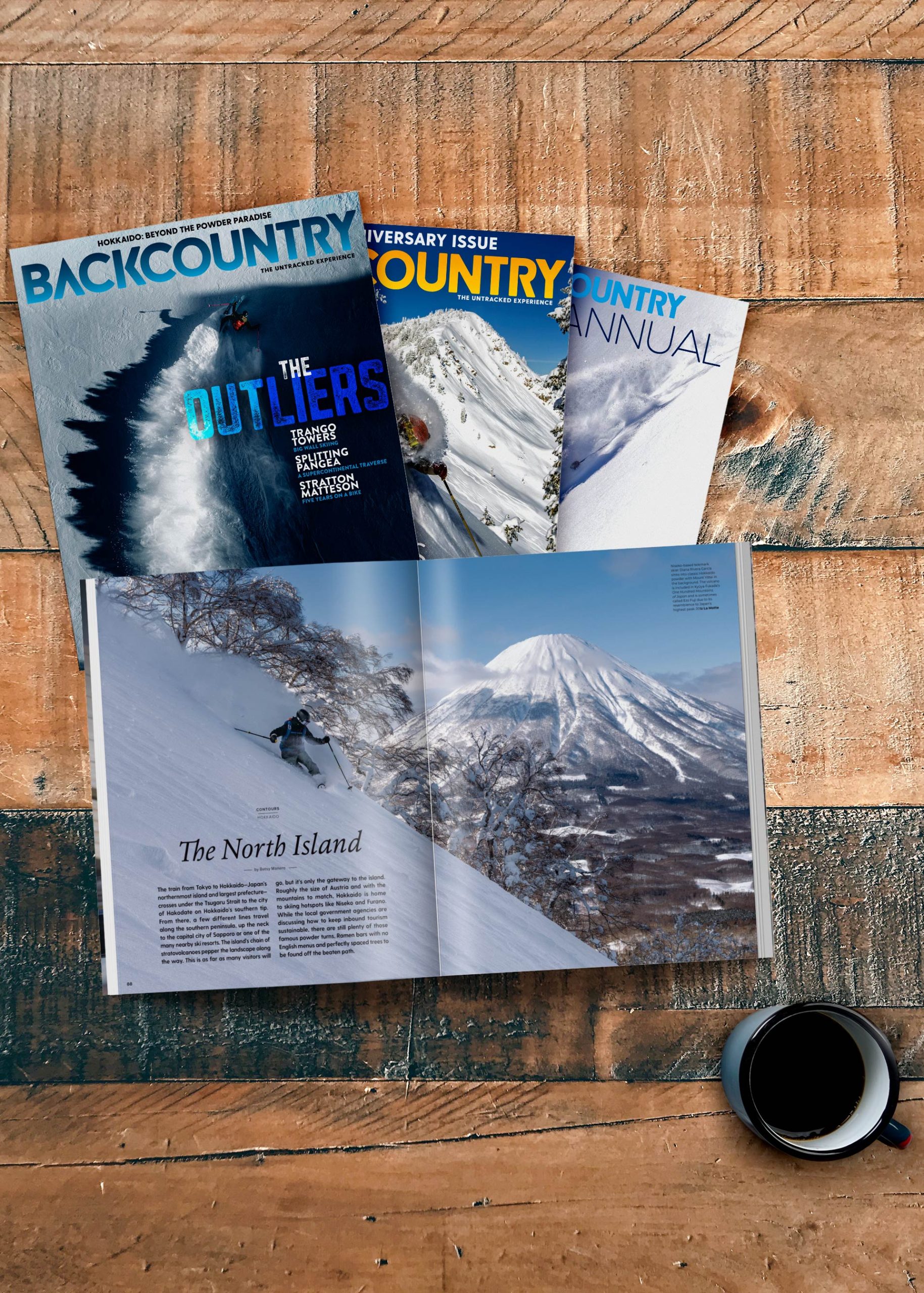
There’s a reason we keep coming back to the skintrack. Why we eagerly load skis into the car before the sun rises; why we diligently study avalanche danger and snow conditions; why we walk uphill for hours or fly across the world. It turns out there’s a lot we’re willing to do for a few (hopefully) good turns. Some are willing to do far more.
Meet The Outliers, the folks Issue 162 is dedicated to. Christina Lustenberger, Jim Morrison and Chantel Astorga: The athletes putting a first descent on one of the world’s most famous climbing walls. There’s Seth Beck, a splitboarder traversing the remnants of an ancient continent’s mountain range. And don’t forget Stratton Matteson: The man who spent five years forsaking gas-guzzling vehicles to make a statement about fighting climate change and kept logging epic lines in the Cascades anyways.
Of course, we’re still suckers for good ol’ fresh pow and a touch of history. Editor in Chief Betsy Manero dives into the origins of skiing, snow science and mountaineering in Japan’s northernmost prefecture and global powder capital, Hokkaido, and investigates the ramen and onsen-nurtured backcountry ski scene.
The rest? Well, you’ll just have to grab a copy to find out. And take your time, this issue will last through the corn, the mud and the sun.
The Backcountry Team



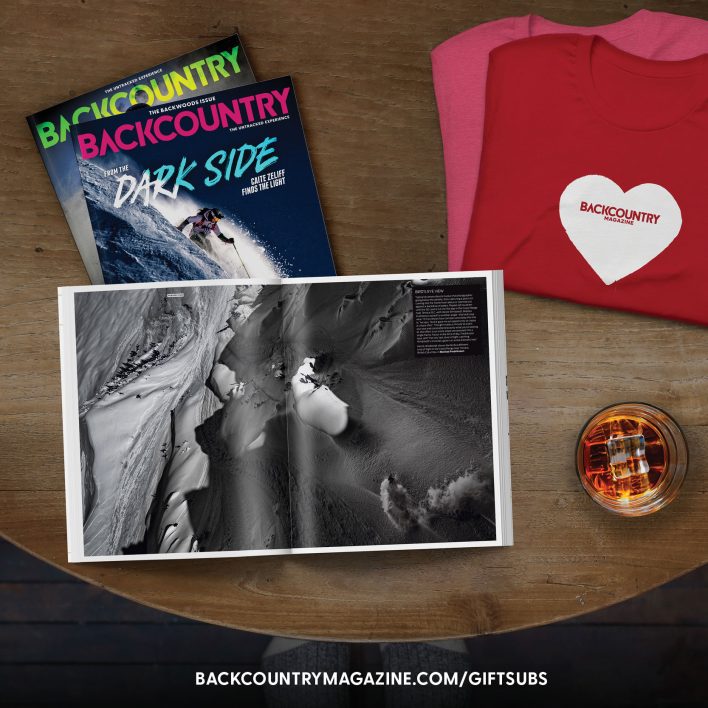
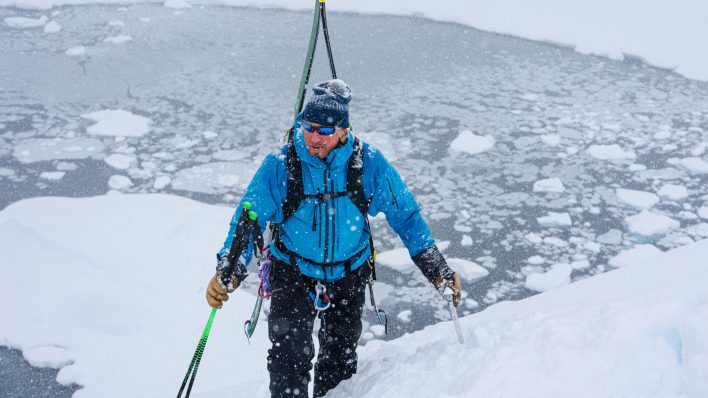
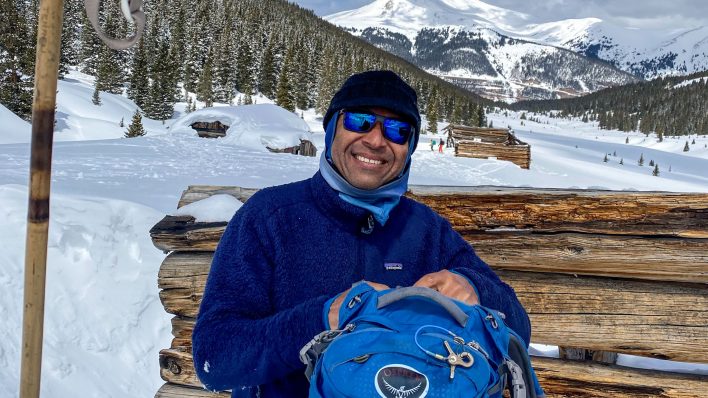
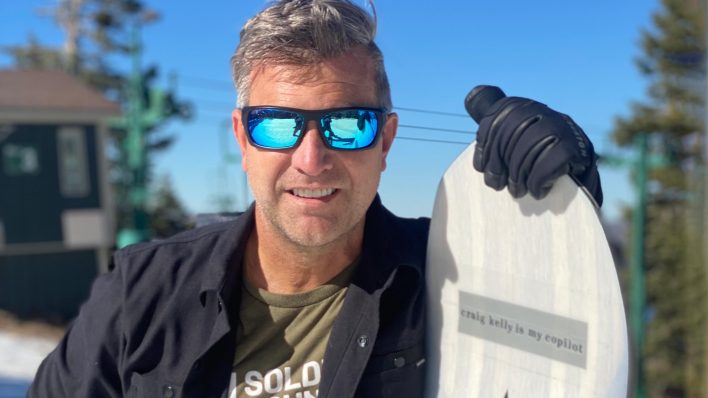
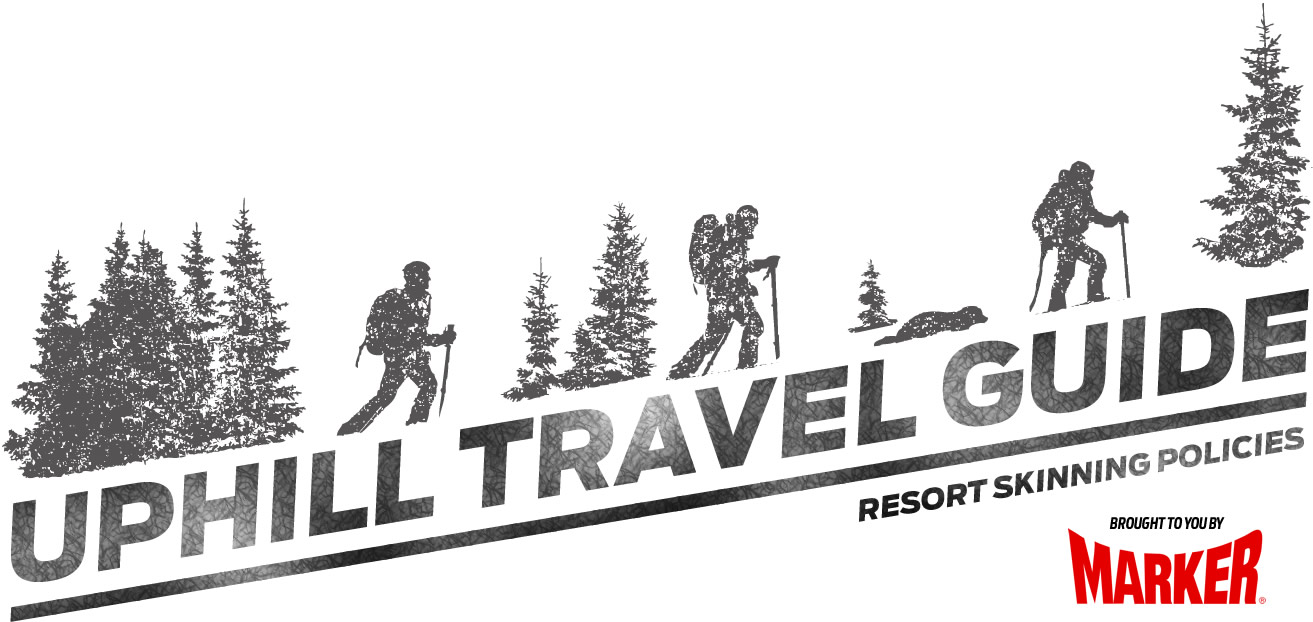

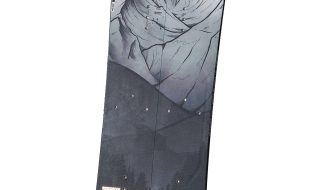
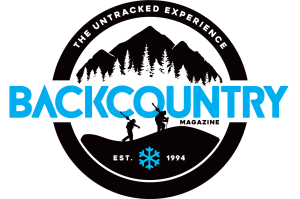
Related posts:
Look Back, Rise Up
Time Slides
Retirement Goals